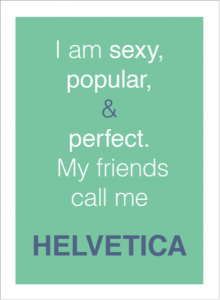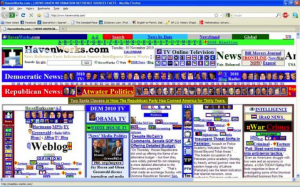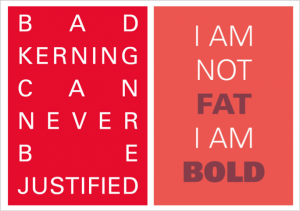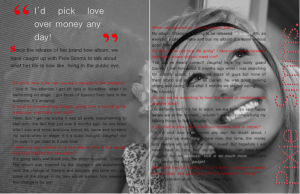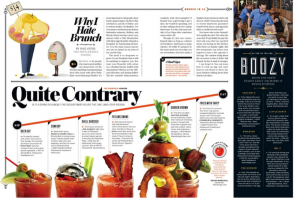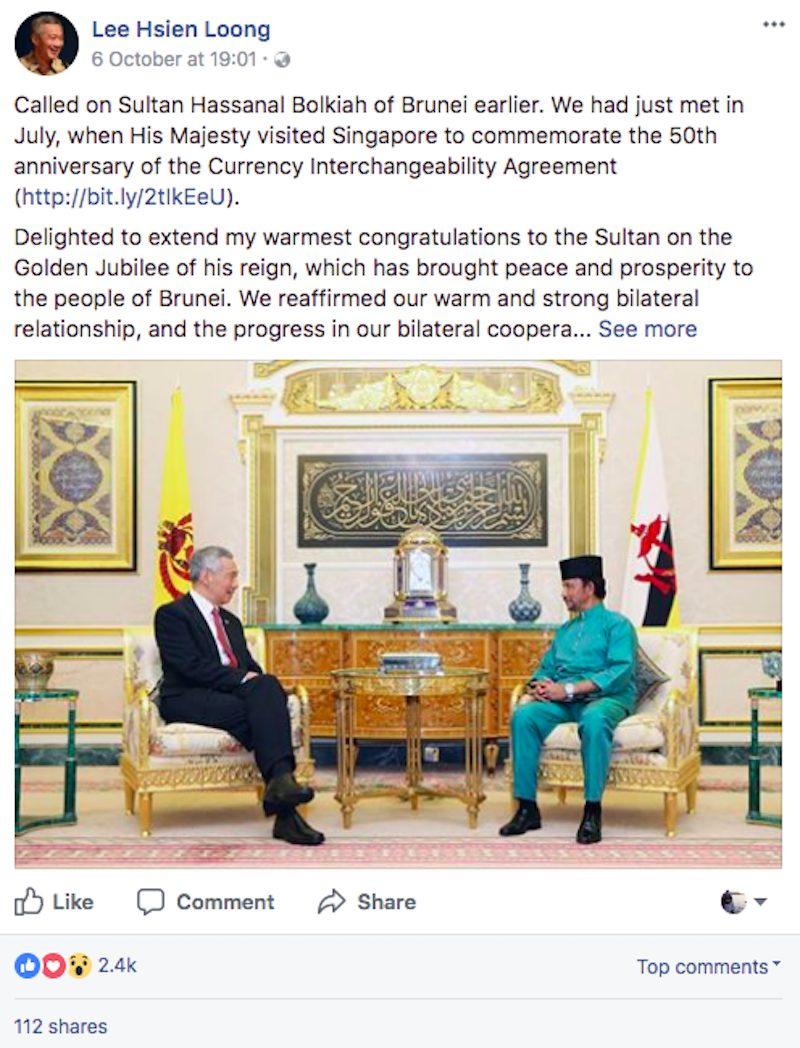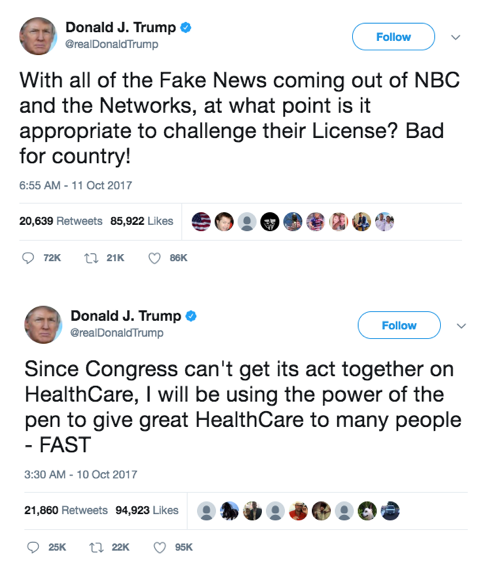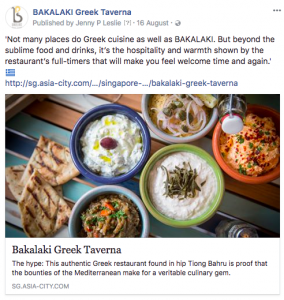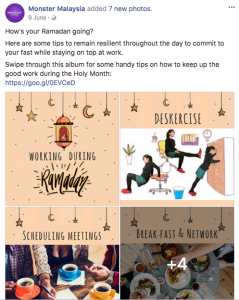Infinite snacks, sleep pods and an unrestricted flow of bottled wine on Friday afternoons do not a company culture make.
As nice as it is to boast to your friends about how you have unlimited leave, a never-ending supply of saccharine treats, and virtually no dress code (rather, one that is liberal for the most part), none of these perks really answer the question,. “So, what’s your company culture like?”
There is a general practice of describing company culture in terms of the perks and benefits available. After all, it is the existence (or absence) of these comforts which help people form an impression of what a workplace might be like to work in. And stereotypes help: a workplace where people can absentmindedly munch on snacks while downing carbonated drinks in a hoodie and sweatpants screams liberal and laidback, with virtually no hierarchy. Having to wear formals to work, or any other prescribed outfit, coupled with minimal perks may signal a rigid and stuffy work environment, where micromanagement is the norm.
However, company culture – an integral part of a company’s core identity – is a complex thing to understand and explain. Company culture is an intangible concept, which permeates across all facets of a company – from the way the bosses guide and mentor their subordinates on a daily basis, to the types of corporate partnerships secured.
All the perks and bonuses in the world will not be an adequate camouflage for a company culture that is rotten to its core. A company that doesn’t possess a culture which influences all of its myriad aspects would, simply, collapse. Without a firmly cemented culture, it would not be possible for a company to achieve whatever higher goals it wishes to pursue.
Company culture and organisational behaviour
Claiming that a company has an “open and supportive” company culture means little unless it is put into action. In order to build a concrete culture, firms should draw up actionable, measurable steps in order to achieve it. Culture is an integral part of a corporation’s personality – remove it and you’d be left with a husk of a structure, at best.
Rather than racking their brains trying to put together catchy phrases and quotable slogans, higher executives should set an example for everyone else to follow, and conduct themselves in a way which would act as a gold standard for everyone else to follow. Take Netflix for instance: while their company culture(which is available in the public domain for all to read) has drawn mixed reviews from onlookers, it is unmistakably set in stone, practiced by employees at all levels, and reinforced by senior management.
Company culture and employee satisfaction
A robust company culture sets the blueprints for day-to-day functioning in an office. A healthy company culture will nurture and celebrate all of its talents, provide them with ample opportunities to grow and prove their worth, and harbour a healthy and inclusive working environment for one and to thrive. There is no room for toxic office-related politics and unhealthy workplace rivalries which may end catastrophically for everyone involved.
Being a part of a team would actually mean something, as opposed to company cultures where people treat each other as mere desk-mates. As a result, employees can realise their full potential and be more productive. It creates satisfied and engaged employees who are happy to sing praises about the highly supportive company they have the privilege of working for.
However, cease to take care of the people who work for you, and you will find yourself looking at high levels of burnout, employee turnover and attrition rates, and most crucially, employee dissatisfaction and resentment.
Company culture and external business nature
Piggybacking off of the previous point – if your company’s working “culture” generates more drama than seven seasons of a badly-written soap, you can rest assured they’ll be telling everyone about the thoroughly riveting (code for “harrowing”) time they experienced. And sometimes, disgruntled people don’t just “spill the tea” to their inner circle – if they suffered enough, they will make sure that everyone, from old internship mentors to university professors get to know. So don’t be surprised when people might not want to do business with your company.
Who you choose to do business with, which products you decide to endorse, and which clients you represent – are all an extension of your company culture. Ideally, the businesses you choose to associate your company with should share some of your own corporate culture and values, and represent a stepping stone towards achieving your overall organisational goals. To this end, Mutant follows its own advice – and we have turned down potential clients due to moral misalignments and dodgy tactics.
Work with entities who can reinforce the narrative you choose to create. If you boast of a diverse and inclusive company culture, yet consistently work with people or organisations who are either racist, or support racist ideals, you will just come off as inconsistent or hypocritical.
Mutant’s (awesome) company culture
Here at Mutant, we do have plenty of office perks. I can come to work in an iridescent off-shoulder gown, and no one will bat an eyelid because productivity and capability trumps dress codes. One of our directors bring his dog to the office, so we allow ourselves a little break by taking Instagram stories of Muffin in a hypebeast jacket specially designed for dogs.
The real “perk” however, is Mutant’s wholesome and robust company culture. Given that we’re a mid-sized, tight-knit team, we have ample opportunities to collaborate, and produce great results for all of our clients. While there is a hierarchy in terms of titles, everyone’s ideas are given equal weights, and everyone’s voices are treated as important. Activities such as client brainstorms and kick-off meetings frequently see the younger employees carry their weight, even with senior executives around.
If there is a problem, we work together to solve it. Micromanaging people isn’t a thing here because everyone is trusted with their respective responsibilities – though we are not averse to giving each other a gentle push if work is not done.
Don’t we sound like an awesome place to work? Join the Mutant family by saying ‘hi’ at [email protected]


